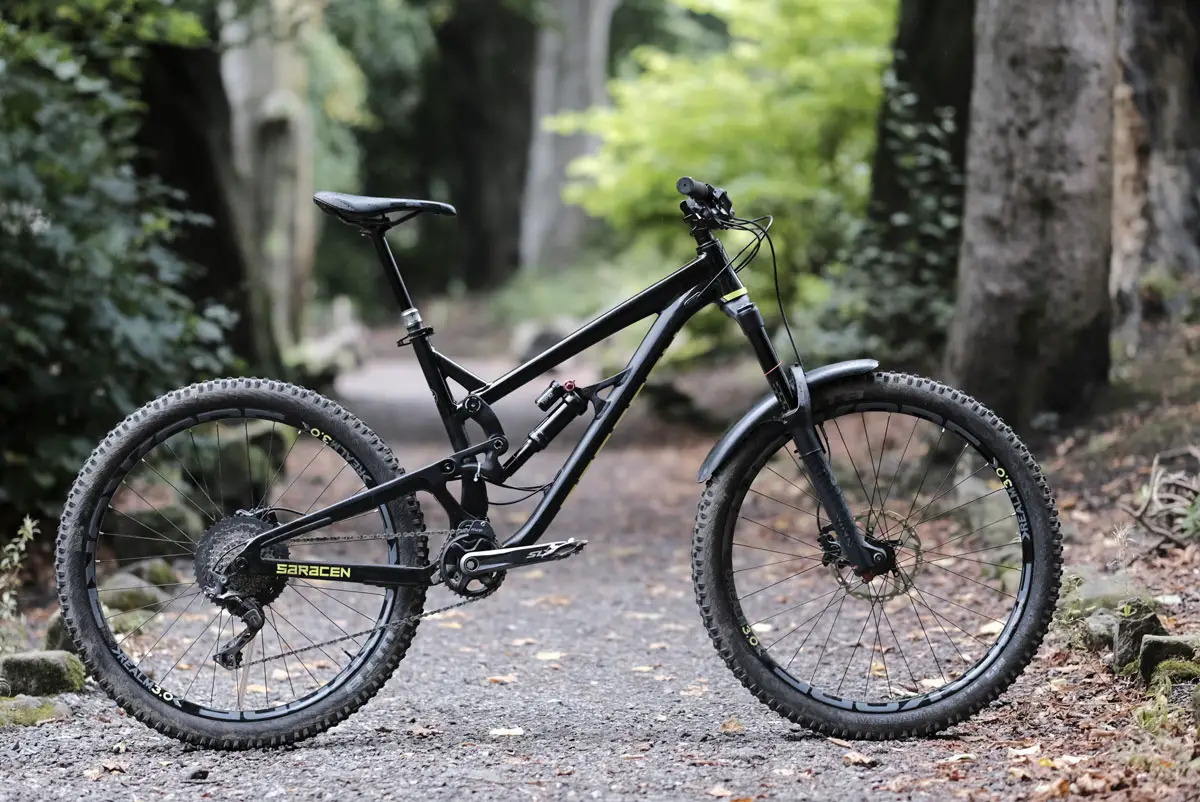Promising ‘an enduro-ready race bike from the off’, the new 170/165mm Saracen Ariel has certainly grown into a bigger bike than that 150mm ‘long’ travel bike of old. The bike is unashamedly burlier and longer legged than before and borrows suspension looks and stance extensively from its bigger brother, the Myst.
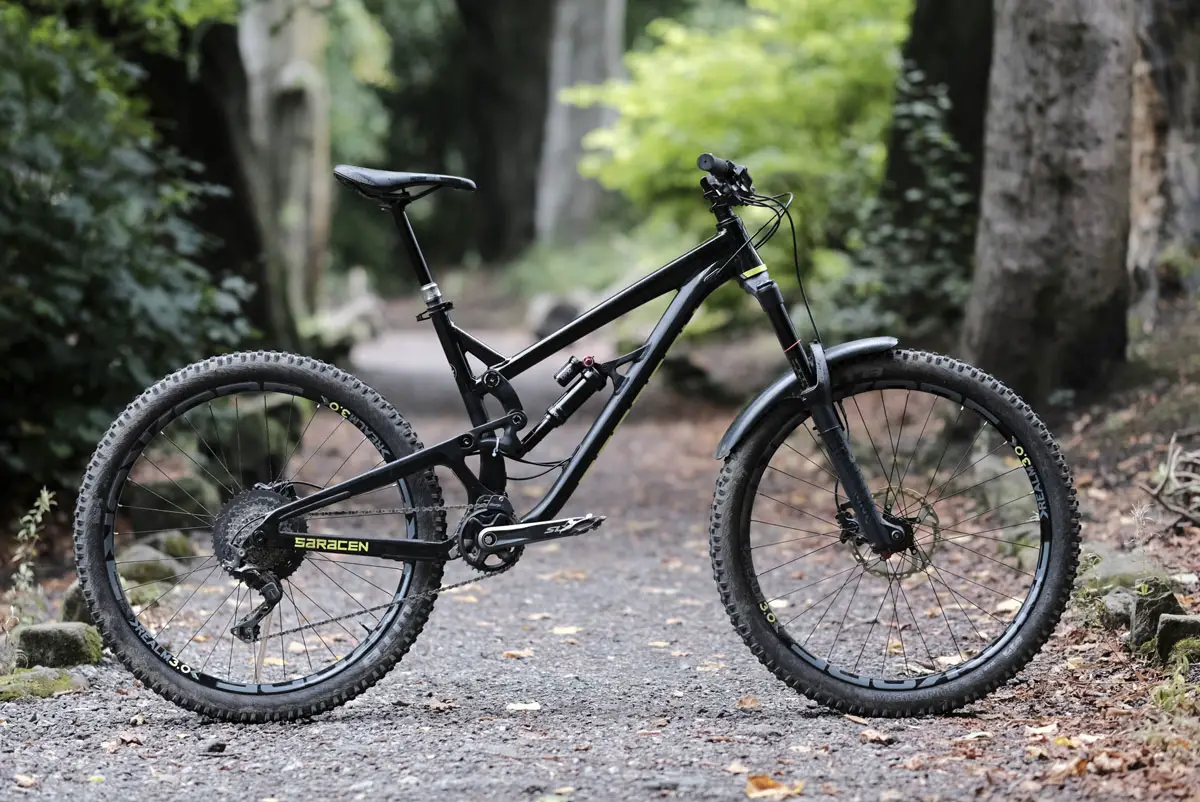
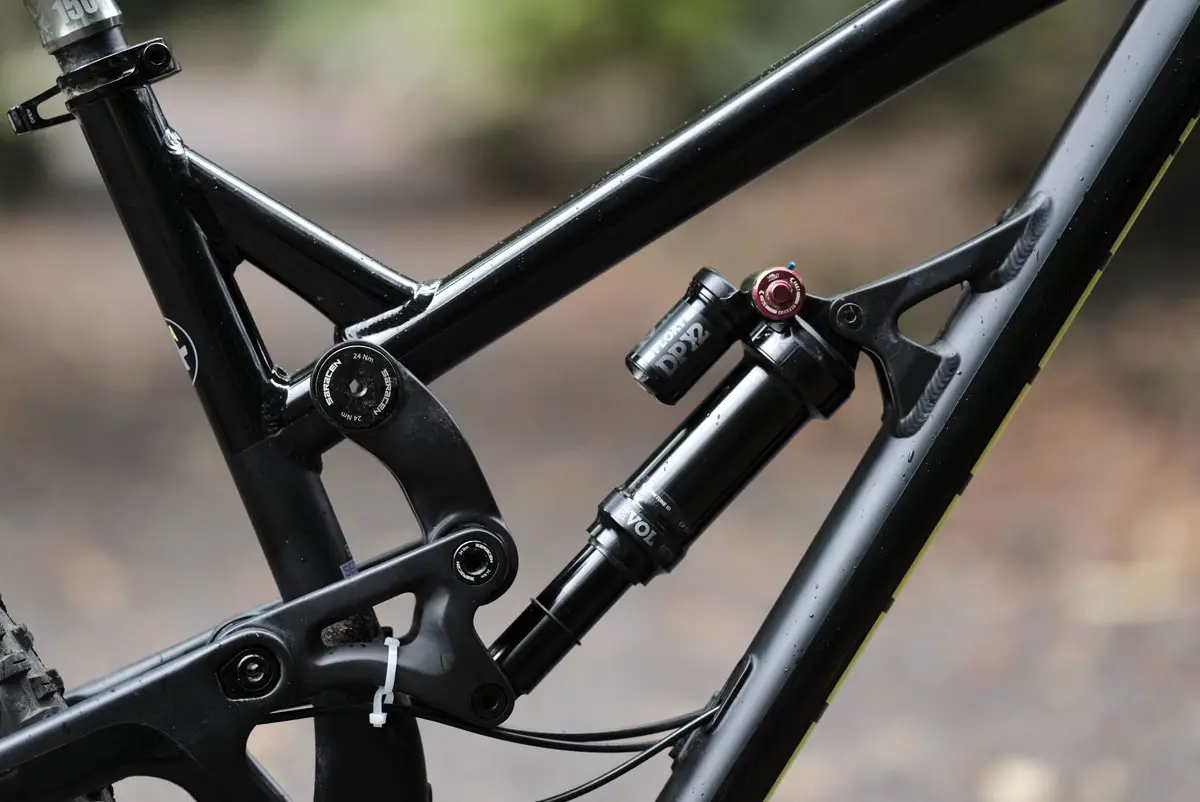
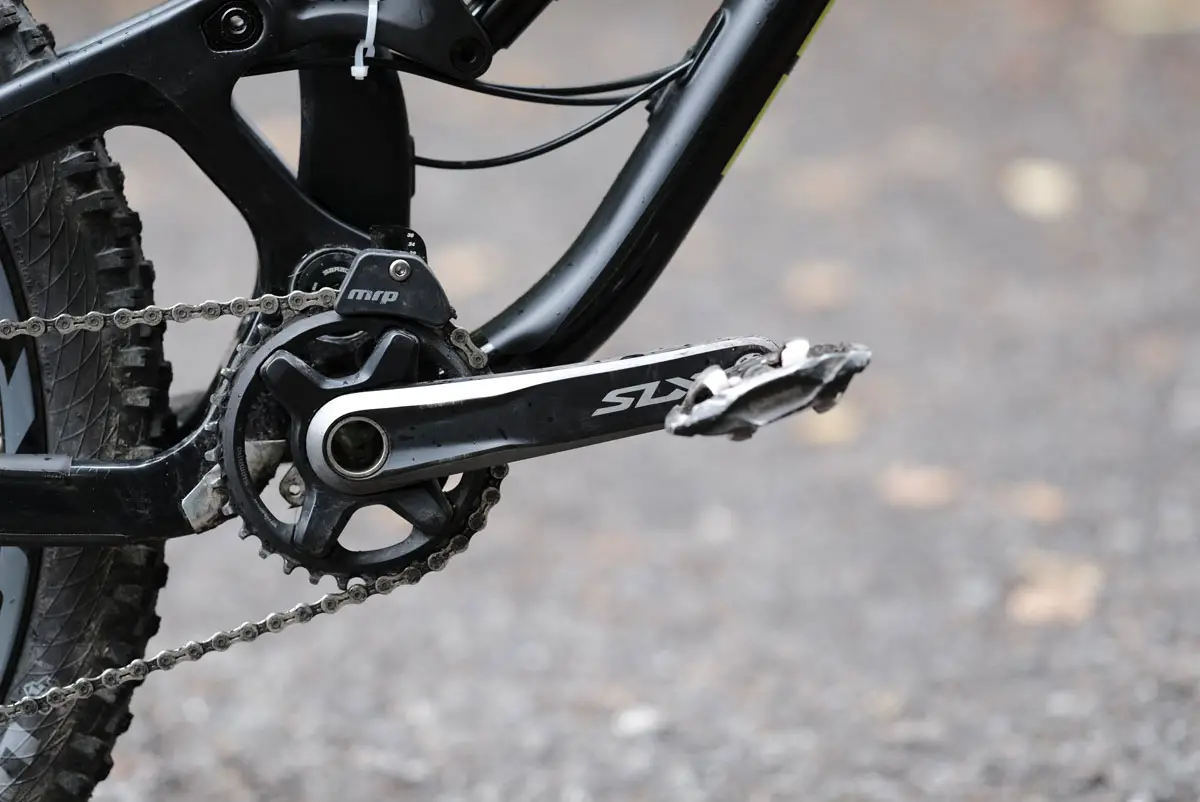
The original Saracen Ariel came out way back in 2011. It was a 140mm, slack trail bike. In 2013 a 160mm version was added alongside the 140 and the following year, both models gained 27.5in wheels. Then in 2015 the models were effectively merged into a single 150mm travel version, with the shorter travel Kili Flyer taking care of more cross country/trail use. Now for 2018, the Ariel has been completely redesigned – with travel bumped up to 165mm and a new suspension system based heavily on the Myst. We’ve been lucky enough to have one on test for a couple of months and both Wil and myself (Chipps) have been putting many miles in on it. Chipps even took part in the No Fuss Endurance Downhill race at Fort William – with eight laps of the World Cup course done before the race was called due to high winds. Back at base, the bike has been used for cross country rides, lunchtime hoons and everything in between.
A Bigger, Bolder Ariel
So what was the inspiration behind the move to a bigger travel? Turner’s Law, we reckon. In a recent interview with bike designer David Turner, he said that there are now two types of mountain bikers. You’re either ‘enduro’ or you’re not. If you’re not, then you want a bike that climbs well, descends well and which covers ground quickly and efficiently. Meanwhile, if you’re enduro – you just want a bike that can be pedalled flat-out down hills, taking in everything from Scottish rocks to West Country roots in its stride. It needs to be able to climb back up, but there’s generally no rush and you’ll take downhill prowess over skippy uphill manners any day. With the Kili Flyer filling the XC/Trail end of the market, Saracen is looking at the Ariel to be that bike that enduro racers and weekend mates-racers choose as their one bike to rule them all.
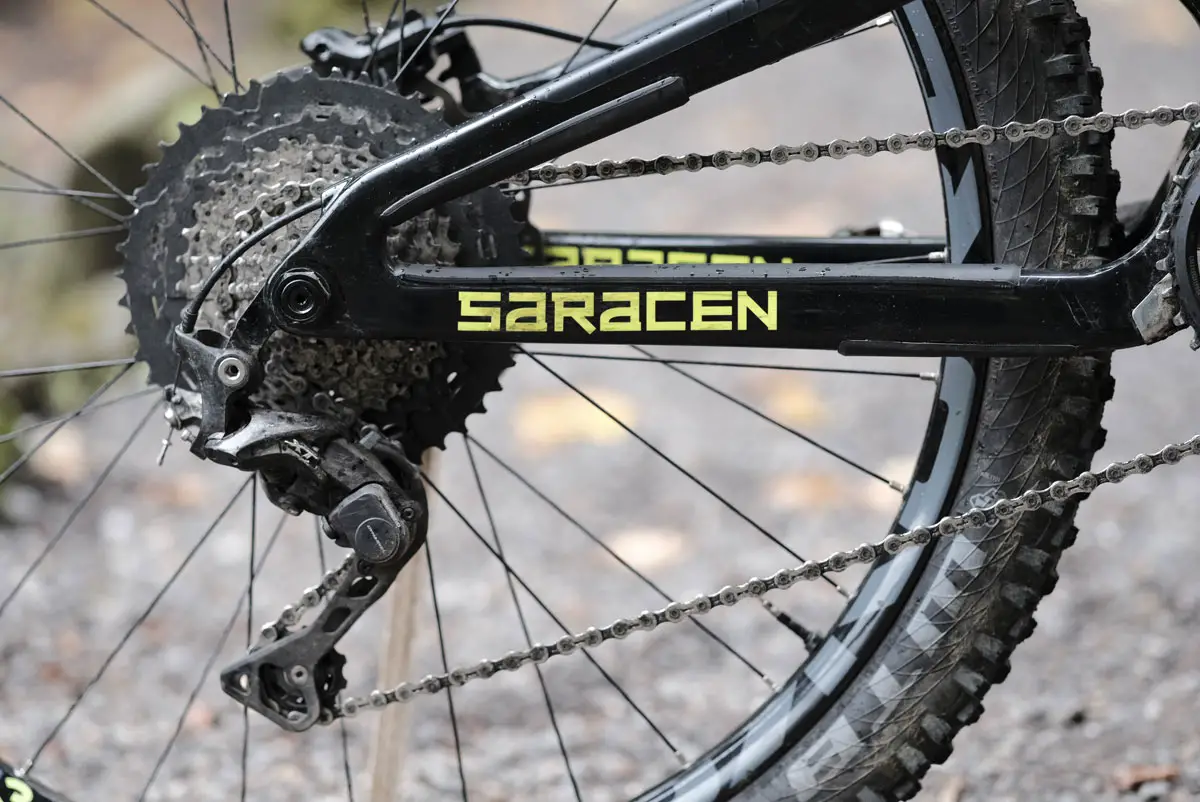
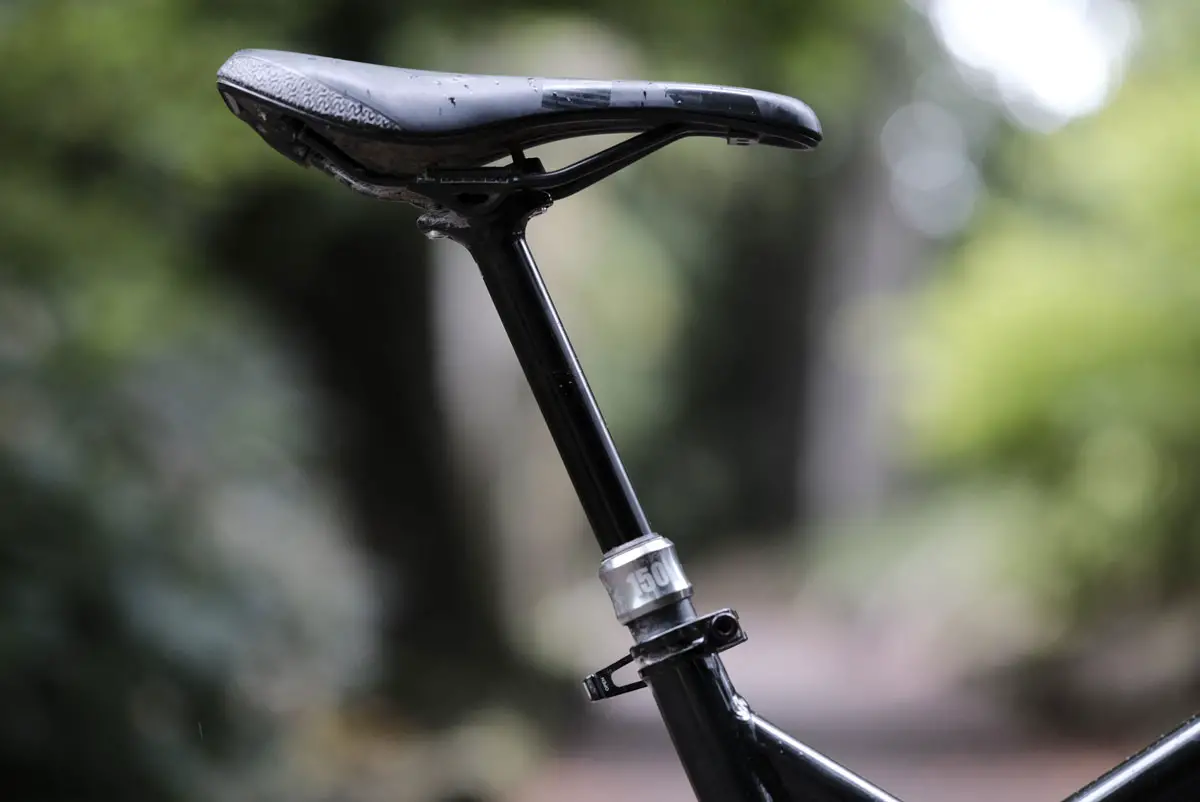
The new frame was a good excuse to revamp the model anyway. Anyone who’s had to replace the Norglide bushings in an Ariel knows that it’s not the best system for pivots that are going to see a fair amount of high-load, foul-weather abuse. The new bike uses full bearings throughout. There’s also a pair of carbon shock links that are smaller versions of those on the Myst. The main frame – especially the carbon one – is near enough identical to the Myst. And holding the two frames up side by side (as I got to see at the carbon factory that makes both frames) it’s only the cable routing for a dropper, a hatch for a Di2 battery and steeper seat tube that really separates the two. Saracen goes on to EN test both frames with a dual crown fork fitted, so if you wanted to try some Boxxers for even more cush, you could.
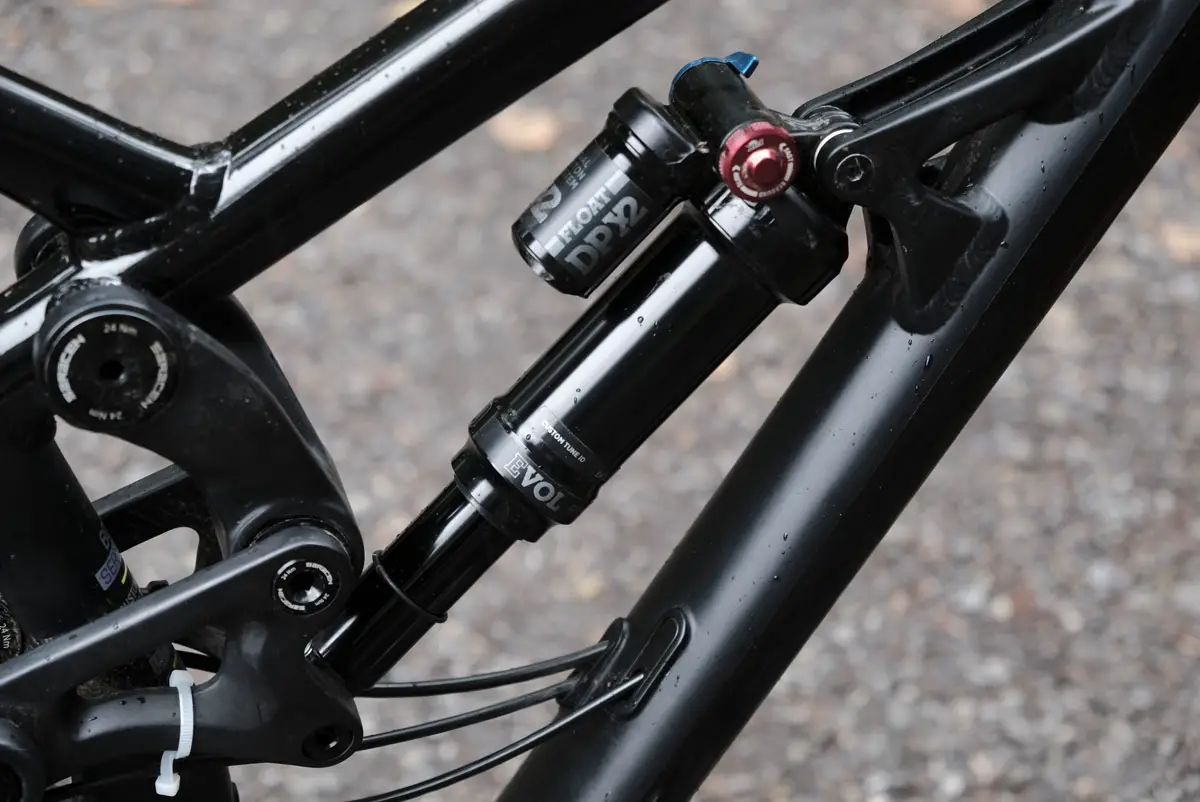
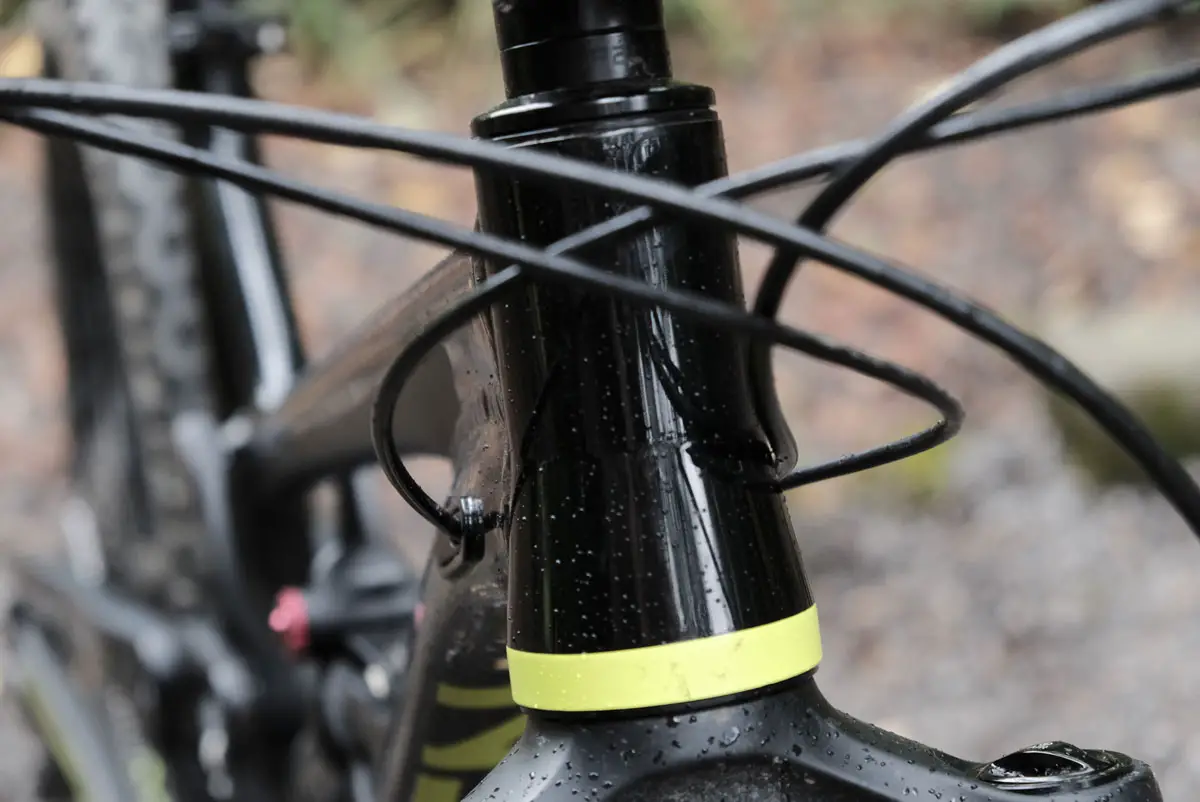
Even in this stock guise of our Ariel Elite, there’s a 170mm Yairi fitted, with 165mm of travel out back, so it’s a capable big-hit bike, as I found out in Fort William.
Chipps’ Impressions
My time on the bike has been in two distinct and different scenarios. Firstly, I raced the bike at Fort William, using the gondola to get up (at least, after the first lap’s 20 minute pedal up to the wall ride) and raced the World Cup course (minus the road gap and the middle woods…) back down. The second situation has been in using the bike as a regular ‘daily driver’ trail bike, taking in some big laps of the trails around here as we made use of the brief window of summer here.
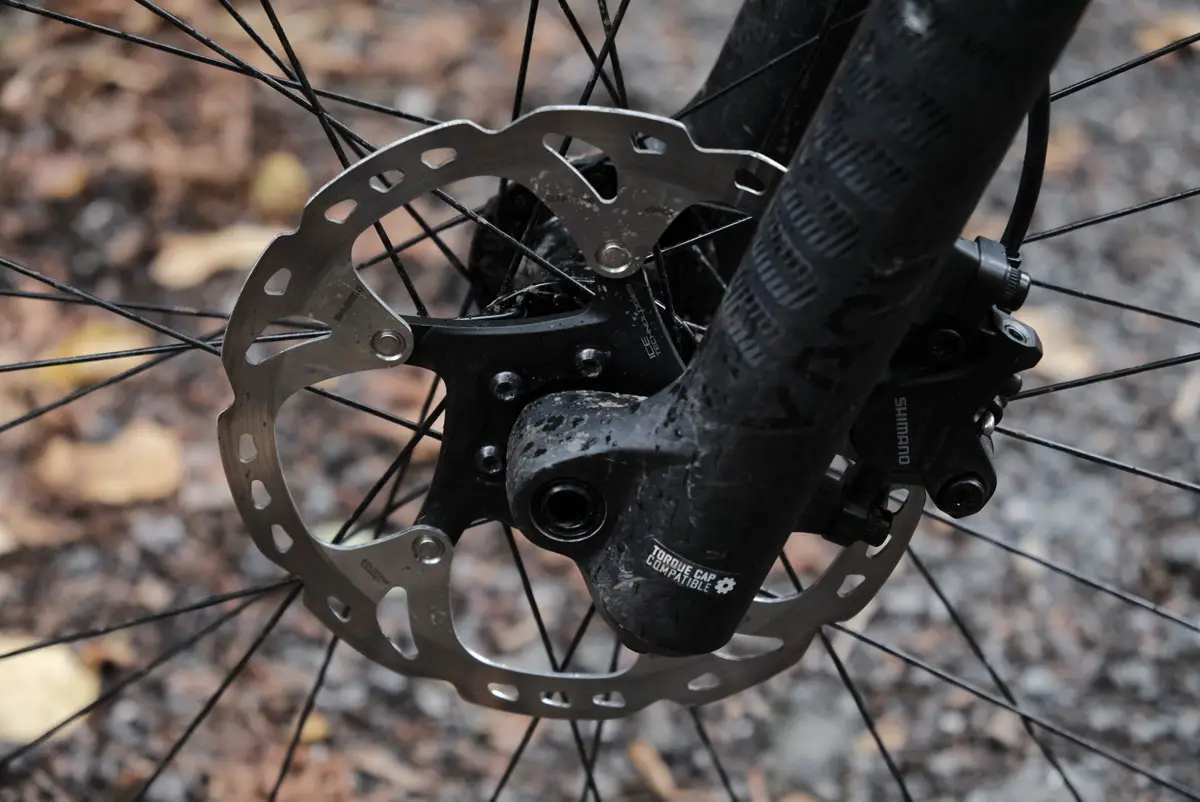
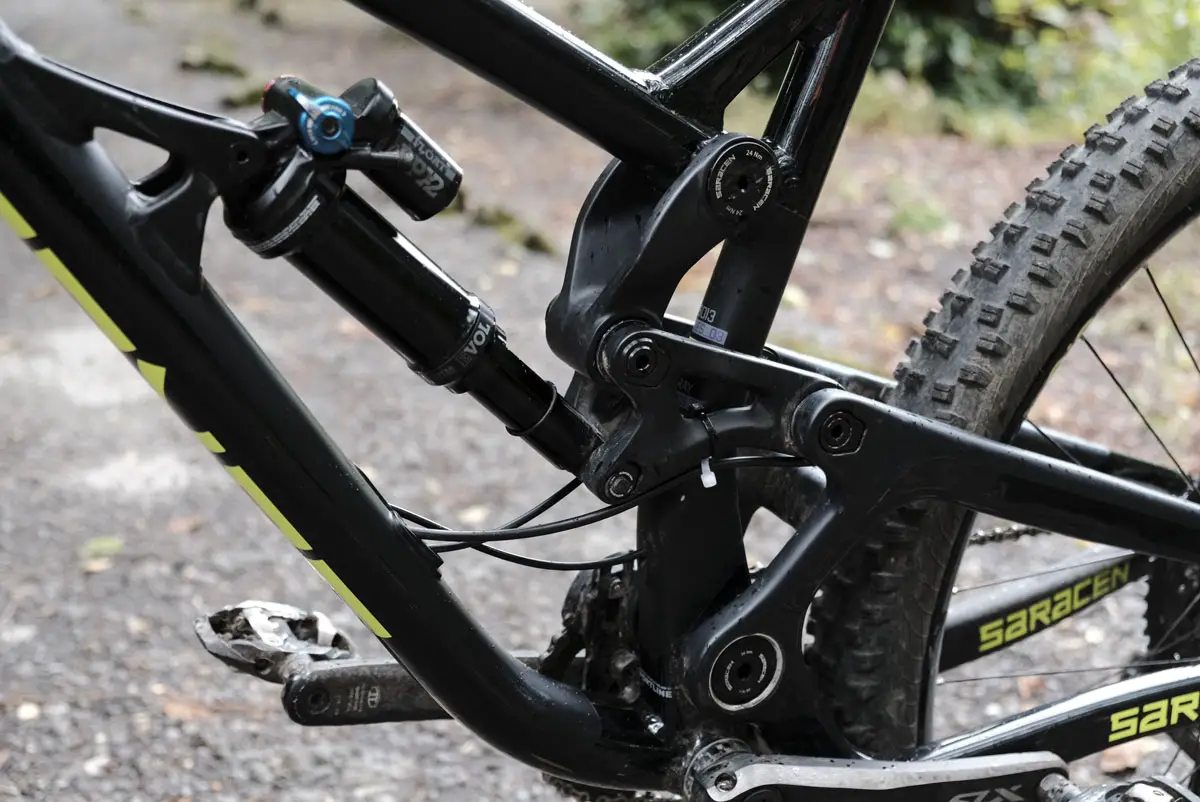
Fort William
Dropping in to my first lap at Fort William (having turned down the loan of a 200mm travel Myst) I found myself thinking ‘Oh dear, I’ve made a terrible mistake bringing a trail bike to a downhill course’ but as the day wore on, I really warmed to the Ariel. It was very well balanced, able to loft off short-notice drops at will, being predictable in the jumbled rock gardens and it held together without a single mechanical issue for the whole day of beasting. The spec (apart from the brakes, but more of them shortly) was ideal as the wide-range Shimano cassette and (flawless) unbranded 150mm dropper post allowed me to spin up the evil first climb of the event, putting me ahead of some fearsome downhillers. The shock and fork have enough of an effective lockout so that you can run the suspension as soft as you need it, engaging the lockout for climbs. As such, it fits well into the enduro ethos of steady spinning climbs and flat-out descending.
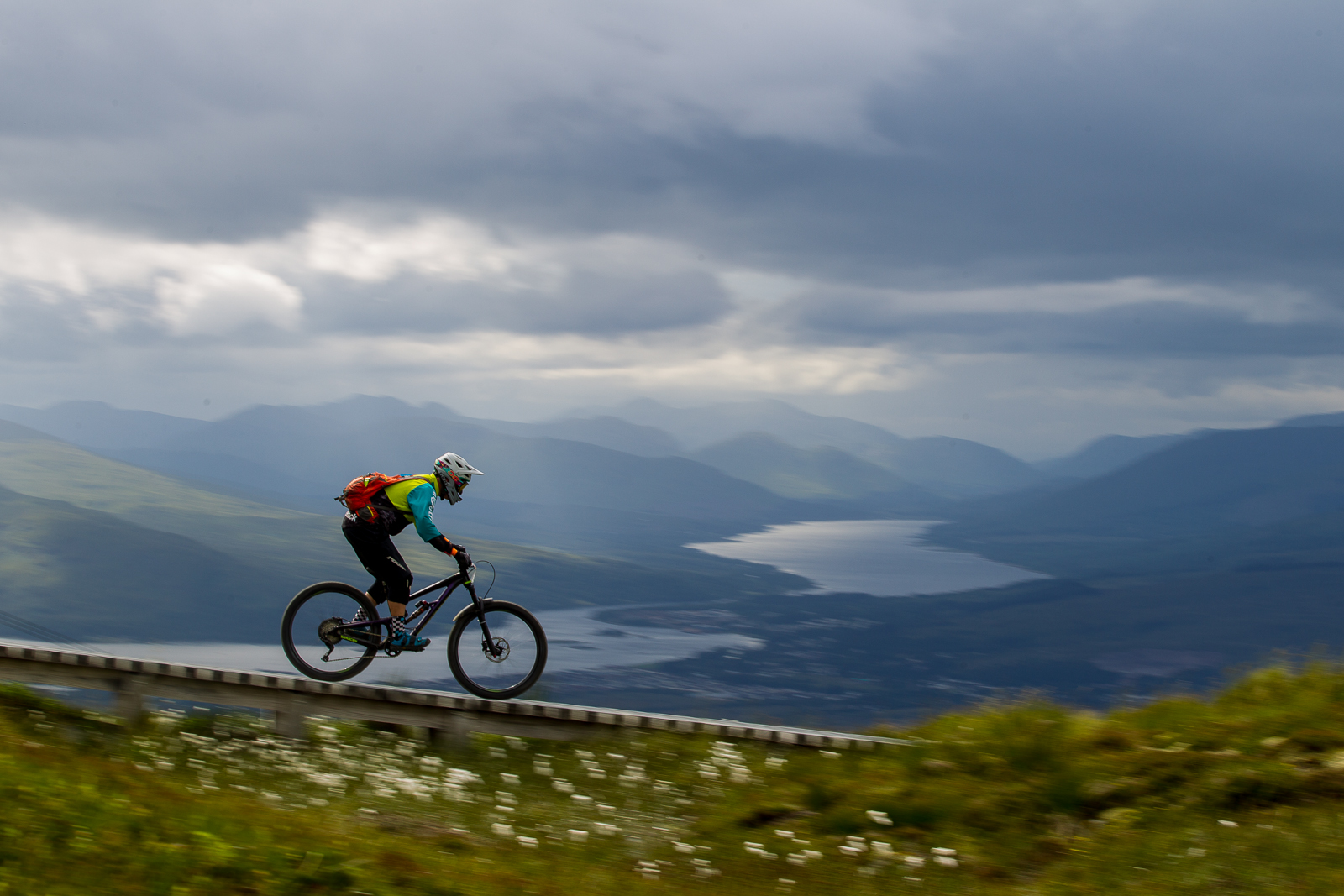
The Kore 3.0 wheels have sustained a couple of dings it appears, but they’re still well sealed and the TCS Tough WTB Vigilante tyres are a brilliant spec. They went up tubeless without issue and haven’t missed a beat. Given the slightly odd standards of the original Ariel (with infuriating ‘quick release’ 142mm dropouts) it’s good to see a sensible, simple bolt-thru 12mm hub out back and a similarly simple bolt up 15mm Yairi up front.
On The Trail
While there’s no getting round the 34lb all-up weight of the bike, it climbs surprisingly efficiently. While there’s no noticeable stiffening of the suspension under power, there’s not a softening either and the bike stays neutral on the hideous climbs I have out of my front door. Given that it’s a bike that would be nudging into downhill suspension travel a decade ago, it’s amazing that it goes anywhere at all. The shock and fork both have climb switches on them, but I only bothered on bigger climbs. The stock gear range is great, though you’re going to have to go third party if you need a lower bailout gear than the 46T fitted. To be fair, it was fine for anything I threw it at and you’re only going to struggle with endless Lakeland or Lake Garda climbs on occasions.
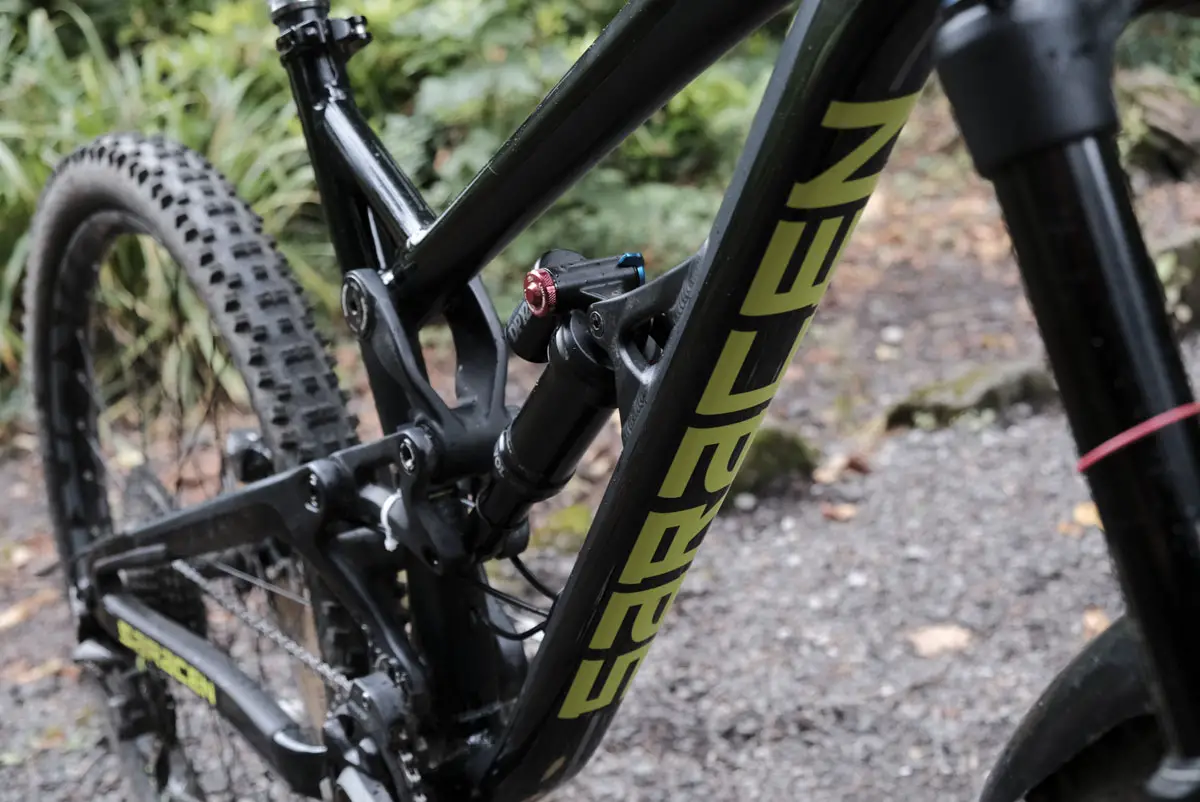
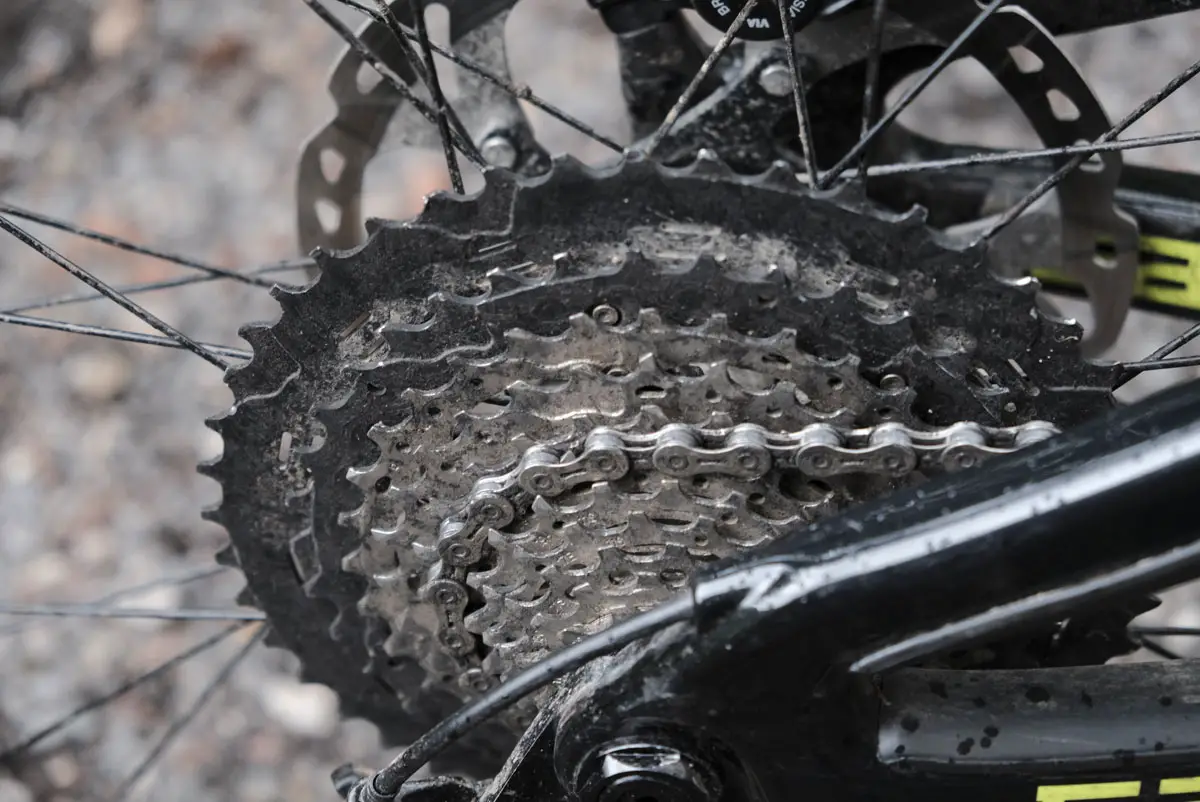
Pitching it downhill and all is forgiven as the bike does encourage a lot of bold moves. The suspension does a great job of ‘thupping’ up repeated rock hits and it feels more at home the faster it goes. If you’re not a bold rider, then you’re probably not going to get the most out of it as it really does seem to benefit from being pushed hard. It’s a bike to boss around and if you’re more of a ‘sit and steer’ trail rider, you’re going to find the bike feels a wooden below a certain speed. As I’m barely on the cusp of that speed, I could see both sides of the Ariel’s character. At speed it really is a mini-DH bike, or the kind of bike that you’ll get the most out of when you take it to the Alps, BPW or Peebles for a week of hard hits. As a day-to-day trail bike, it’s heavy and a little sluggish – but Saracen would be delighted to get you on its Kili Flyer if that’s more your bag.
Niggles
The bike is pretty hefty, coming in at 14kg or a hair under 34lbs, which is at least a bag of sugar heavier than I’d want even an enduro race bike. It does keep the bike planted, but I’d love a little more zip to it. Saying that, though, the competent but pretty basic spec really encourages upgrading almost from day one.
180mm rotors? The stock Ariel Elite is under-braked. With the non-groupset Shimano brakes and 180mm rotors on the pre-production bike I rode (the production bike will come with significantly more powerful Shimano SLX brakes), I found braking power to be my biggest niggle at Fort William – and that my lap times were going up as the day went on as I simply couldn’t be bothered to brake as much. Some might see that as a good thing, but every good racer knows that fast times are made by being able to brake hard and late. It needs a 200mm rotor at least on the front, preferably on the back too.
Cable rub. The routing of the rear shift cable and the rear brake hose next to the seat tube is going to rub the paint raw in no time. You’ll see that I’ve bodged a zip tie solution, but three grand bikes shouldn’t have those issues out of the box.
As mentioned, the new Ariel will come in carbon (the LT) and alloy front/carbon rear (Ariel Elite). They should start appearing towards the end of the year.
Price:
- Ariel LT – RRP: £4,999.99
- Ariel Elite – RRP: £3,299.99
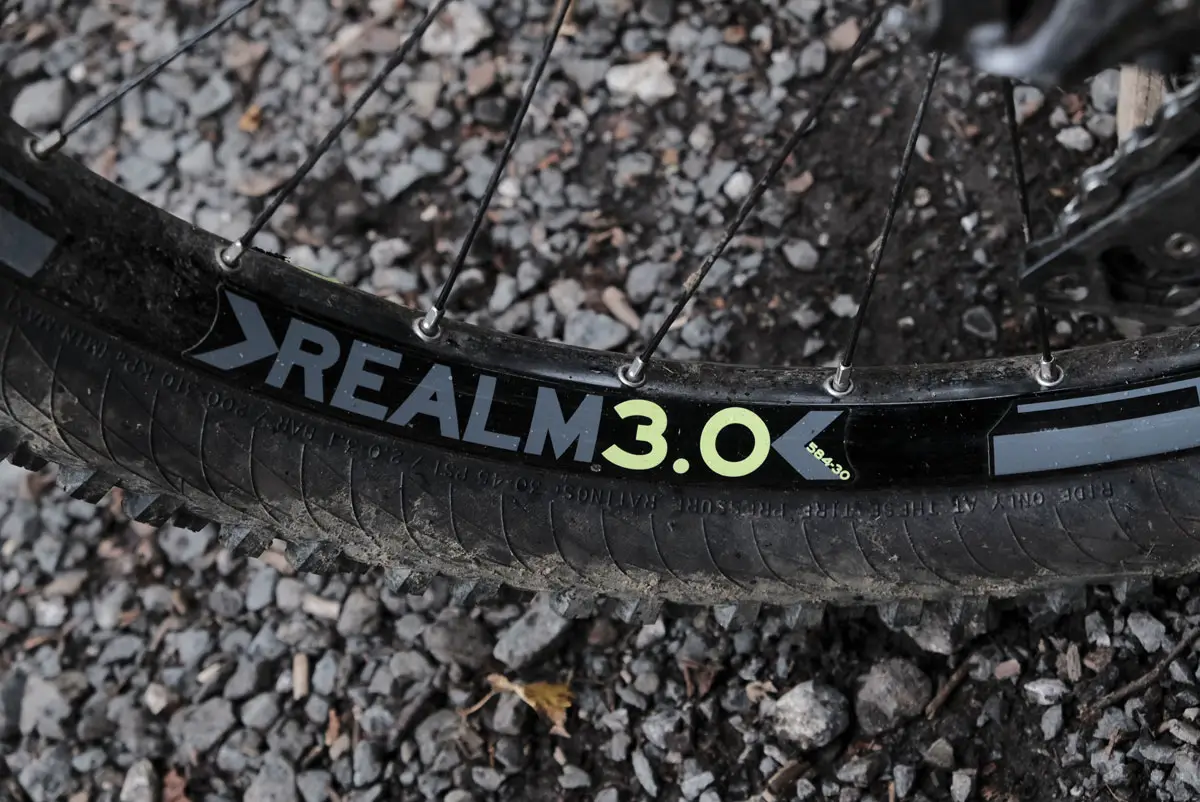
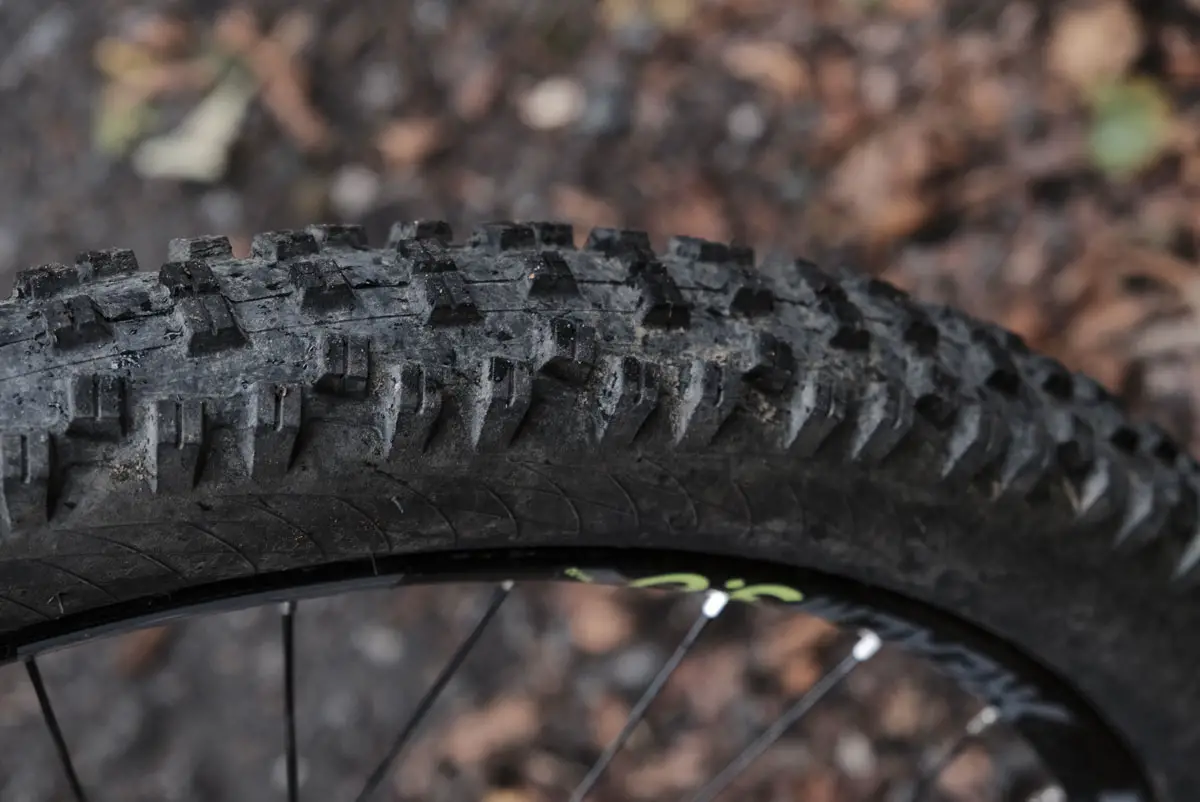
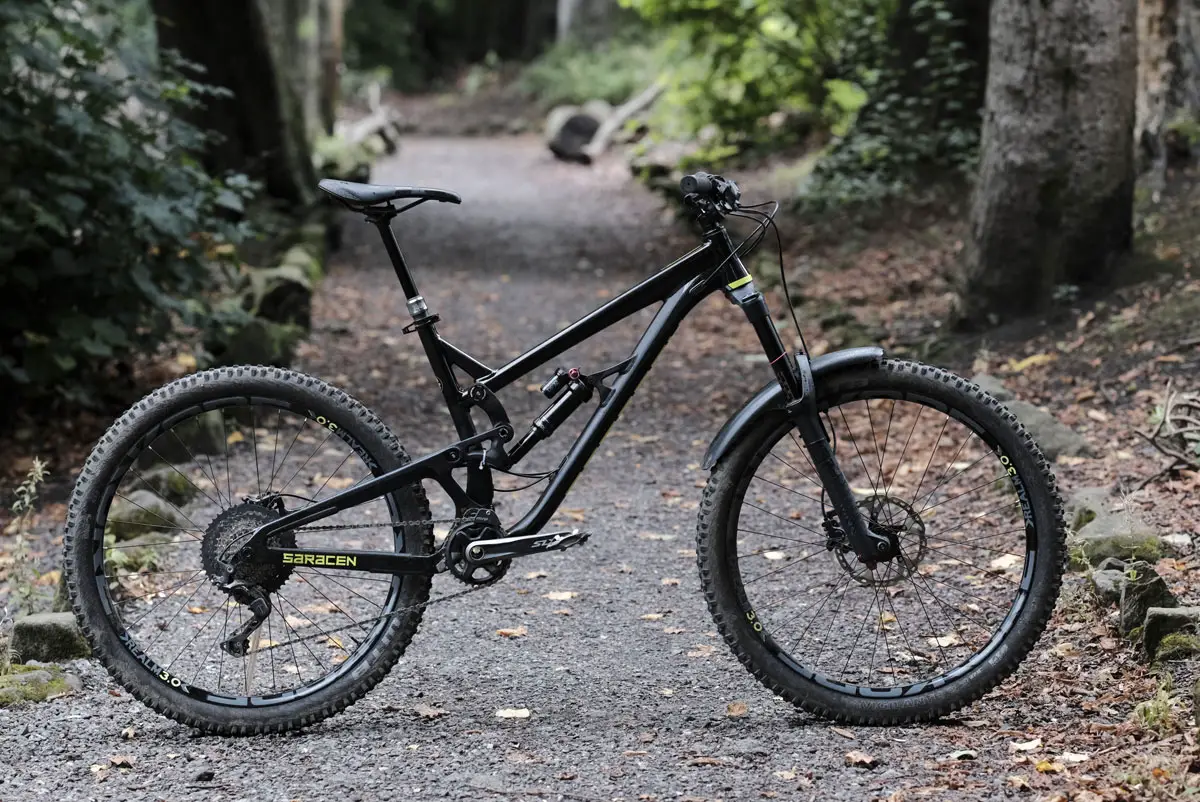
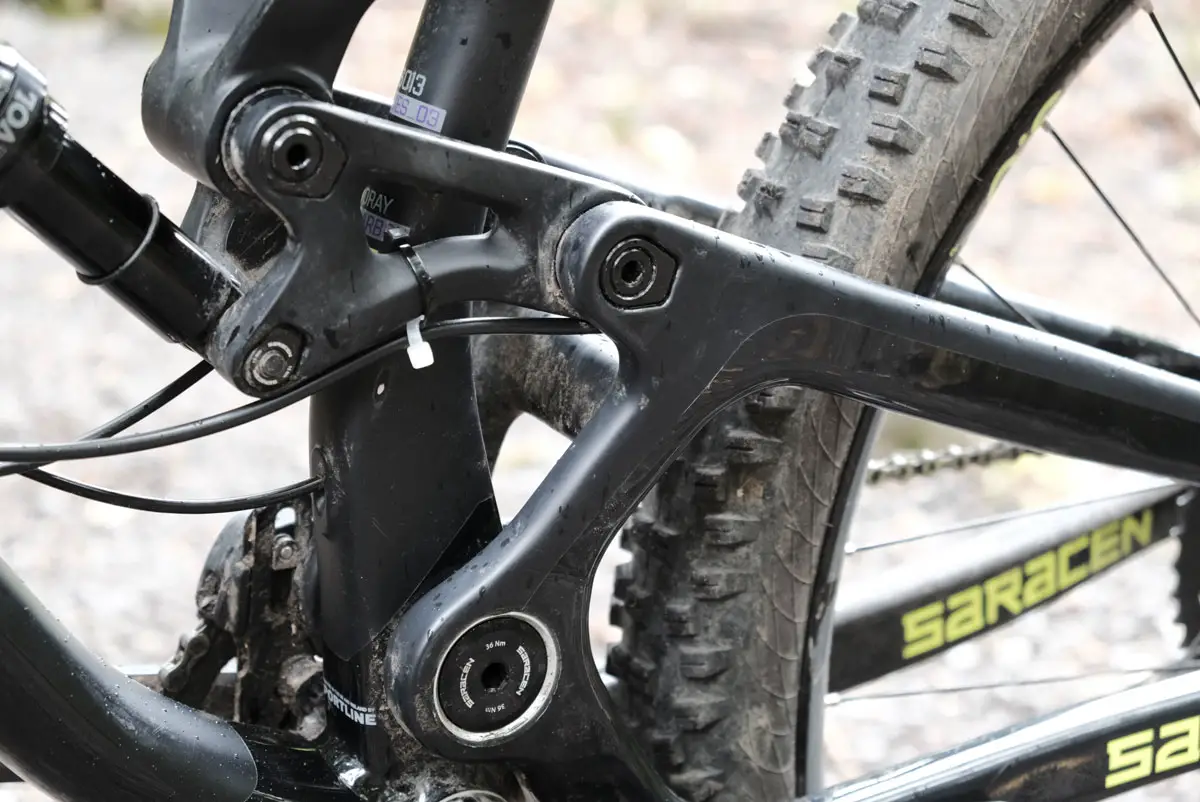
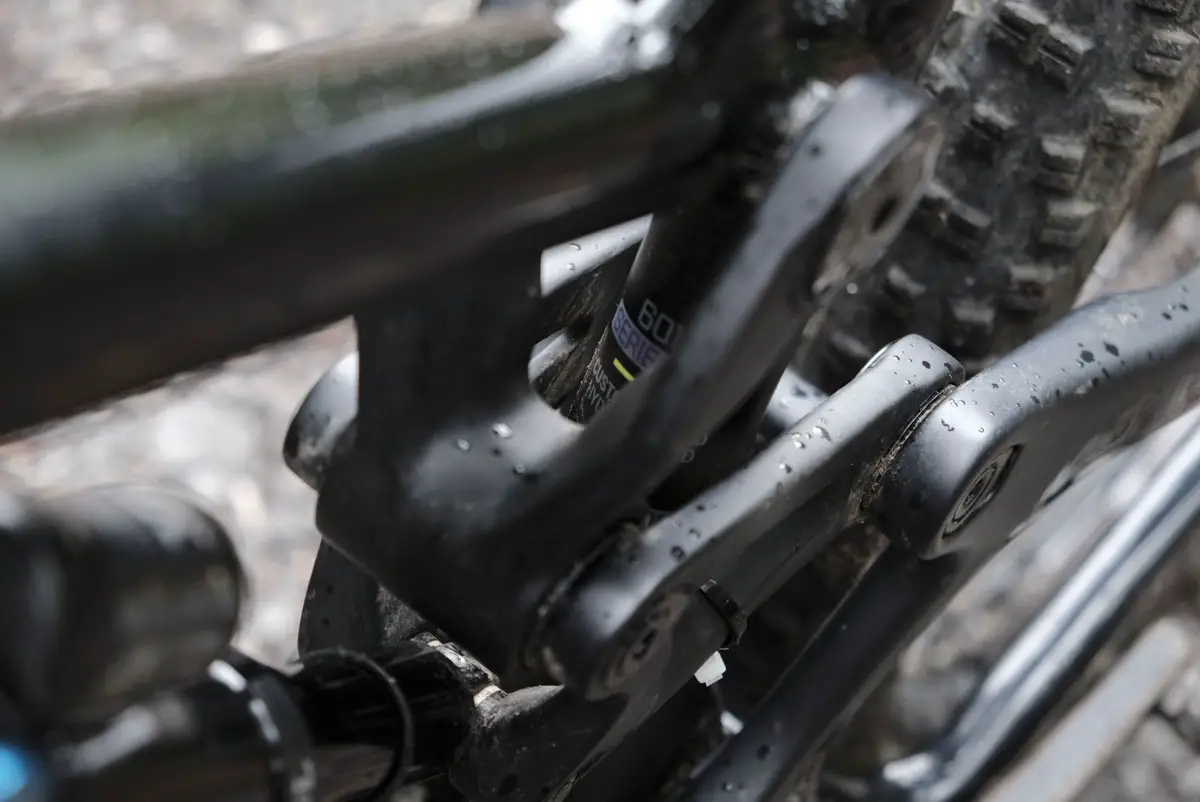
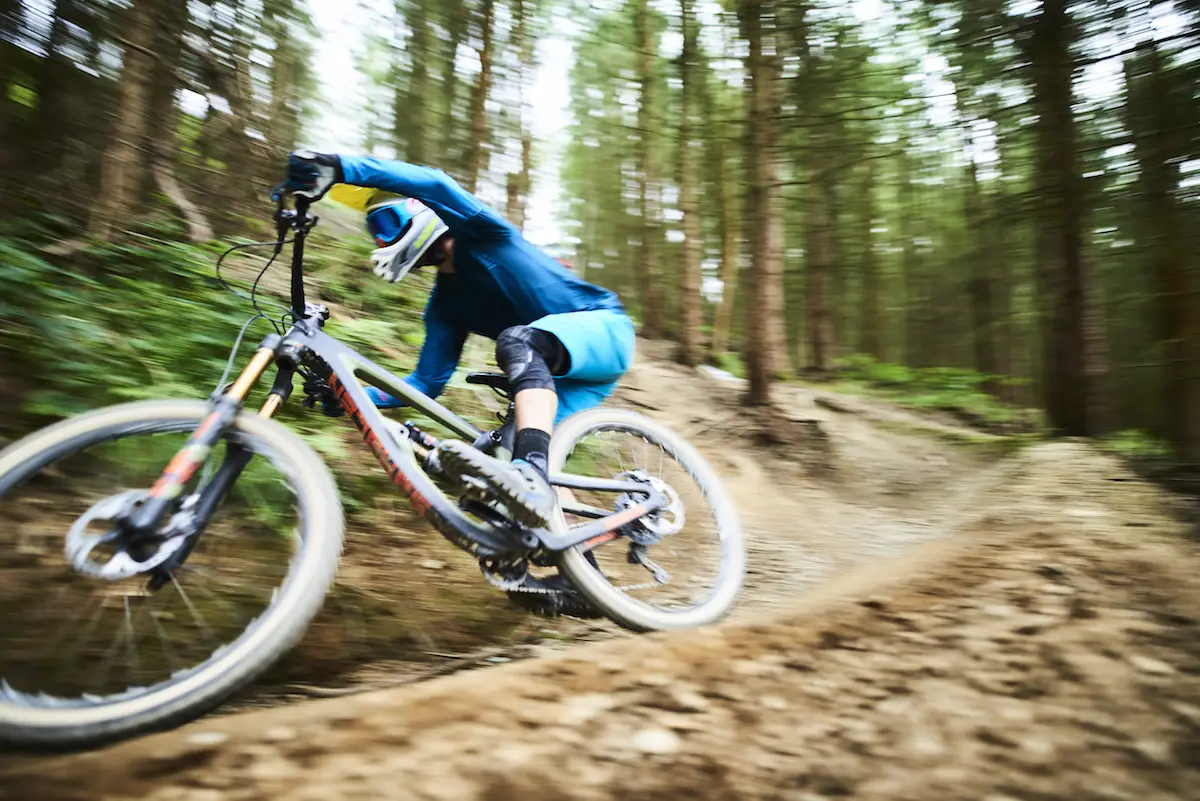
Wil’s Impressions
“During the 2018 Ariel launch at Revolution Bike Park, I had the opportunity to rack up a day’s worth of riding on both the Ariel Elite, and the all-carbon Ariel LT. With Tim from Revolution shuttling us up the fireroad in the world’s toughest Landcruiser troopy, we were able to rack up as many runs as the available sunlight permitted. Being more of a wheels-on-the-ground rider, and being the first time I’d ridden at Revolution, I stuck to mostly the red and single-black graded trails including the Red Downhill track, Ghetto track, Poop Chute, and my personal favourite; Reddy McRedface.
While I don’t have any experience with the previous Ariel, it’s pretty clear straight away that the new version is quite a different beast. It’s considerably longer and slacker, but it’s the uber-plush suspension design that gives the Ariel its mini-DH feel. The rear tyre maintained excellent connectivity on the rooty, wooded trails higher up on the mountain, and as the speeds increased and the hits got bigger, the rear shock proved its worth by swallowing repeated impacts just as smoothly. Even when you’re already halfway into the travel, the shock appears to be just as plush and willing as it does at the top of the stroke. And that is a massive confidence booster when you’re balls-deep and on the sketchy edge of losing control.
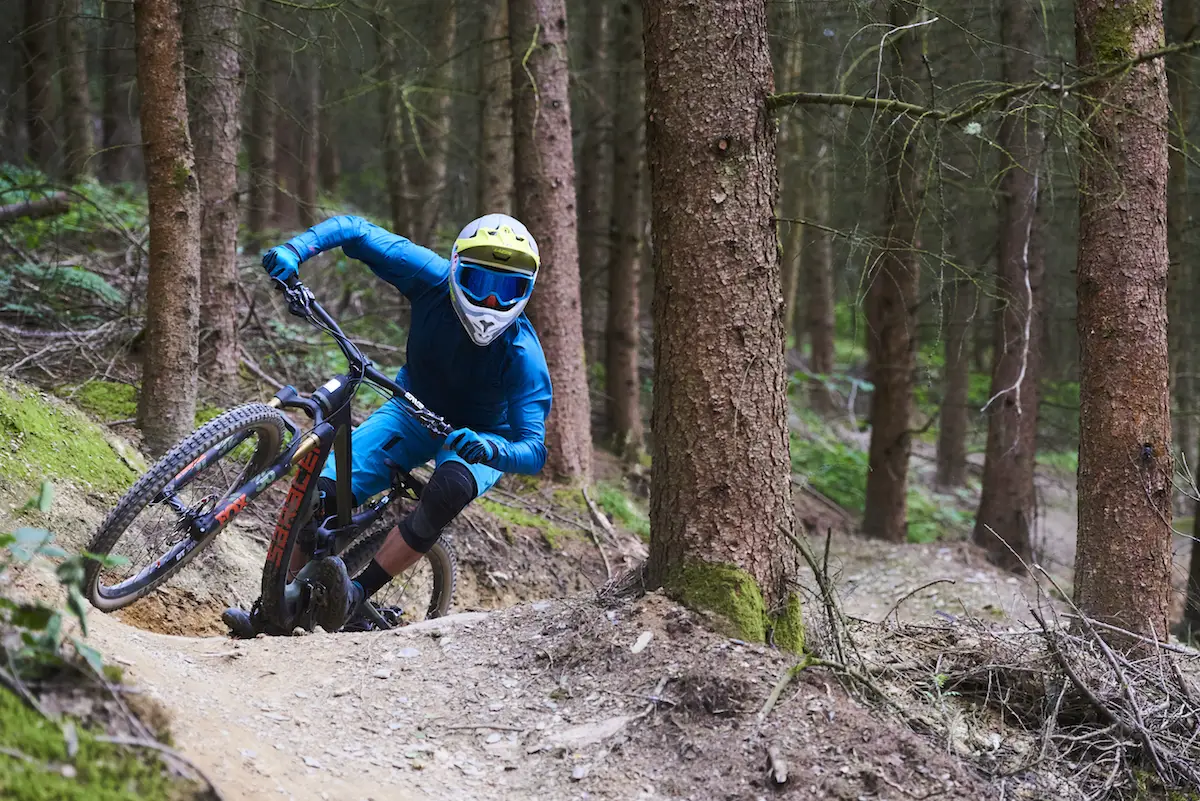
After a handful of runs on the Ariel Elite, I then jumped onto the all-carbon Ariel LT for comparison. The fit is pretty similar, but because of the chunkier adjustable headset cups, the bars do sit higher. A quick change of headset spacers helped to drop the bars back down. I didn’t get a chance to swap out the cups to try with a shorter or longer reach, but at 175cm tall, I felt pretty comfortable with the stock 440mm reach measurement on the medium. I also quite liked both the shape and vibration-absorbing qualities of the ENVE DH carbon riser bars, which mated well to the stubby 45mm long stem.
The biggest difference between the two bikes is in the suspension, with the Ariel LT getting upgraded to a Fox 36 with independently adjustable high and low speed compression damping, as well as the DH-capable Float X2 shock out back. The result is an even more gluey feel to the suspension, with both tyres sticking to the trail surface like a pair of high-powered neodymium magnets. The heavier damping did dim some of the Ariel’s sprightliness, but the reward was even better tracking on high-speed descents.
The full carbon frame itself is also noticeably torsionally stiffer front to back, and that gives you more incentive to boss it about. Along with the excellent Maxxis Minion DHF tyres that were a winning match for the dusty and firm trail surface, the Ariel LT basically feels like a downhill bike that a mortal like me can ride. It’s a brawny bike that flatters your ego, and it certainly gave me the impression that I was a much better rider than I am.
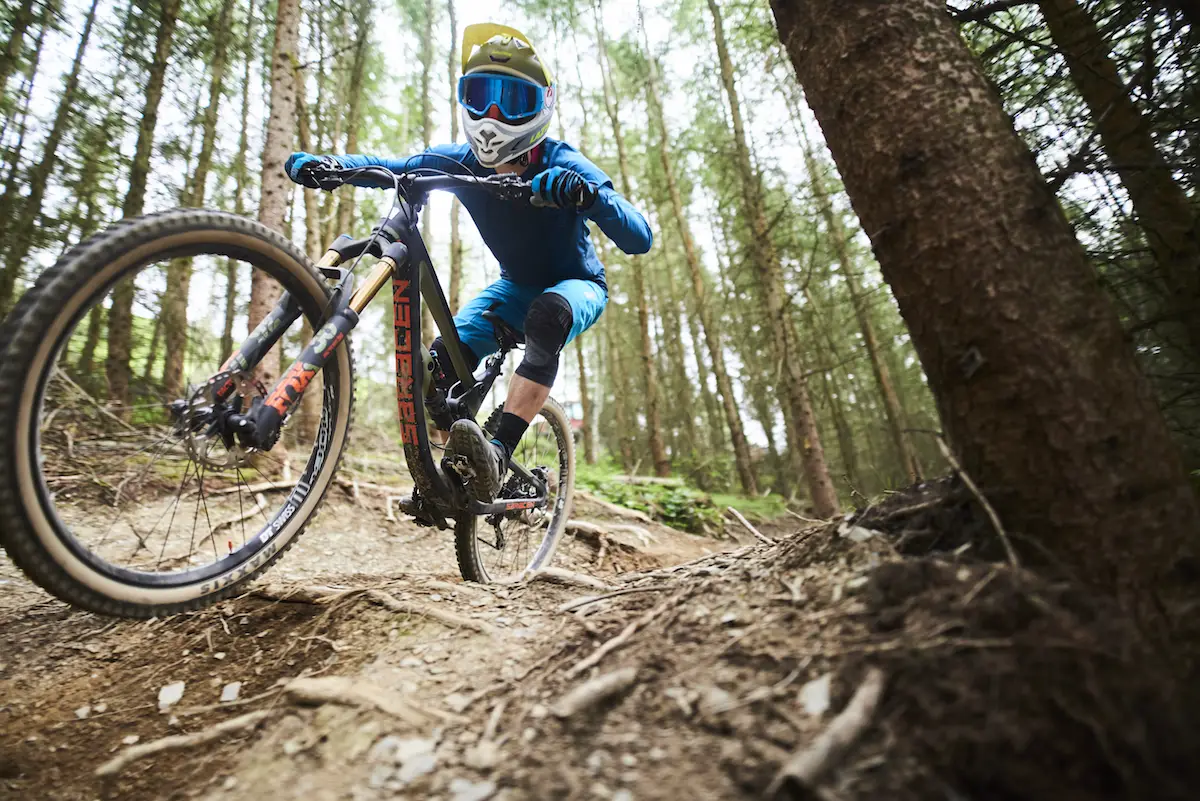
Because all of our riding at Revolution was of the downhill variety, I didn’t have really any chance to test out the Ariel’s climbing prowess. Needless to say with its weight and active suspension design, it’s unlikely to be the first bike to make it to the top of the hill. But then it’s pretty clear where the Ariel’s priorities lie.
Don’t assume that this is a downhill-only, high-speed Enduro-Bro bike though. Saracen has kept the chainstay length short-ish at 435mm, which along with the stiff carbon swingarm and the single pivot suspension design, offers surprisingly intuitive carving abilities. I wouldn’t go so far to say that it’s flickable, because it isn’t. Not at this weight and with a suspension design that’s this plush. But it’s handing is significantly more accessible than I expected of a bike that’s playing in similar territory to the new Santa Cruz Nomad, Rocky Mountain Slayer and Whyte G-170.”
Overall
So what did we think? The new Ariel is definitely not the Ariel of old. Instead of being a slightly burly all-round, all-trail kind of a bike, Saracen has made a fire-breathiing monster that only just squeaks under the upper limit of what you think a trail bike can be. If your main focus is big mountain blasting, enduro racing or eyeballs-out riding wherever you go, then this definitely needs to be on your shopping look-list. If you’re after an everyday trail bike that you can take to the Alps for a week a year, then it’s probably going to be too much machine for 80% of your riding. But if you’re an arse-on-fire kind of a rider, you’ll probably love it.

